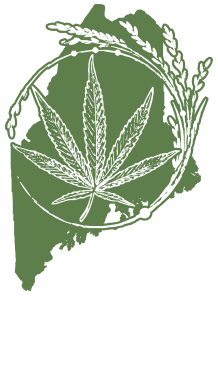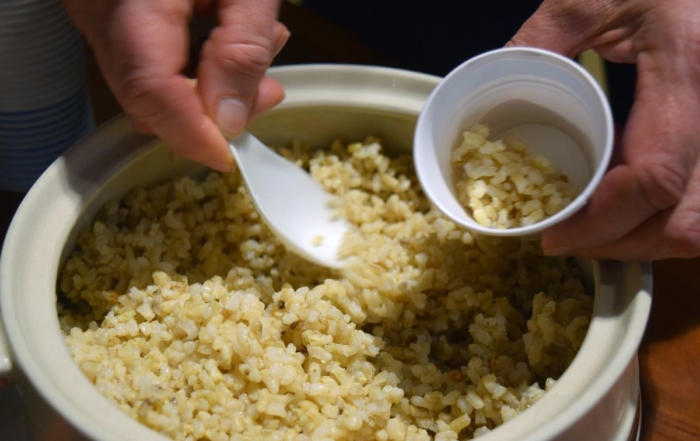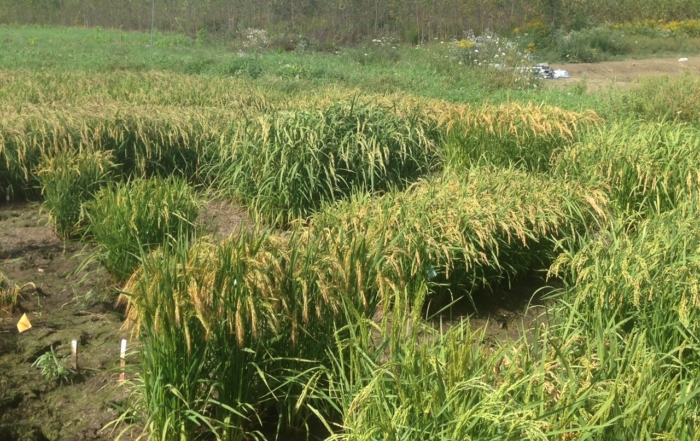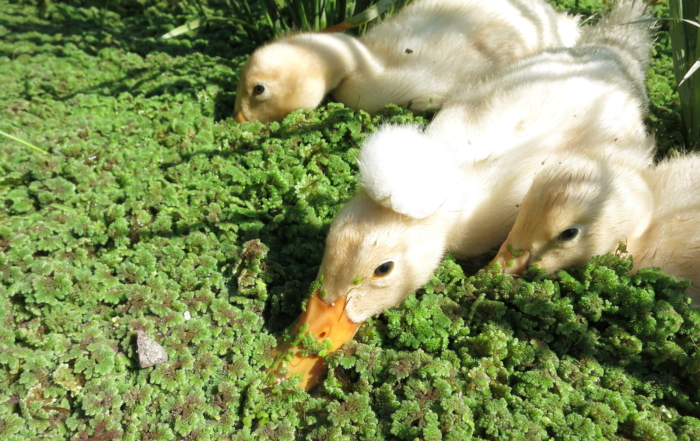Exceptions are made for educational endeavors, and those who can pick up seeds. I do have smaller amounts of some other seed varieties too. Size availability is 20 grams, 50 grams, 100 grams, and 200 grams. Pricing per unit ranges from $8 – $30. Minimum shipping is $7. 5.5% Sales tax will apply. For smaller orders use FEDCO.
To place an order or inquire about specifics email: ben (at) wildfolkfarm.com or use our contact form.
2022 Rice Seed AVAILABILITY
| VARIETY | MAX AMOUNT |
|---|---|
| Duborskian | 50 grams |
| Hayayuki | 50 grams |
| Yukihikari | 1 lb. |
| Yukimochi | 2 lb. |
| Arpa Shali | 1 lb. |
| Titanio | 1 lb. |
| Uz Rosk | none this year |
| Black Rice | none this year |
| Diamante | none this year |
QUALITY
We started with five grams of 40 different rice varieties in 2013-14, each from the USDA. For the past seven years we have been selecting the best traits of these landrace, heirloom varieties. We currently sell 10 cold tolerant rices; distinct and cold tolerant. Our experience has shown that some of these varieties these varieties can yield up to 5,000 lbs/acre in Maine! Germination is 80-90% (after soak test – read under “Cultivation Information”). In past summers, even in drought, we were able to grow 3,600 pounds/acre. We still have a lot to learn about our rice agriculture and how it interacts with surrounding ecosystems.
cold tolerance
This rice can take light frost early in the season and will continue to mature into the frost nights of fall. The plants will remain alive after freeze, but their maturity will stop, or slow down considerably. These rices also works well for growth in the spring or fall in warmer areas, if for example, one wanted to grow something else in the summer, or those seasons are wetter.
maturity dates
All of our seeds were grown in central Maine. Our maturity dates are based on wet paddy conditions. Add an additional 1-2 weeks to the maturity dates in dry conditions (as proven in this drought year!) We are in Zone 5a, very close to 5b.
SHIPPING dates
Seeds will be sent in late March/early April. On your order, please specify if you need seeds earlier for your growing plan.
ATTN: SEED COMPANIES
If you plan to grow-out and sell this seed commercially, please be in touch before so, so we can figure out a fair arrangement.
RICE VARIETIES
lowland varieties
Lowland rice grows in wet paddies, or riparian areas. We have found that while lowland rice prefers wet clay soil, paddies and flooding are not needed. These varieties are typically shorter and will produce more tillers than upland rice.
In general, they outperform upland varieties in wetter soils, and also are less likely to lodge (fall over) when ripe or ripening. Lodging is more of an issue for machinery operations. Try to keep soil moist through the middle of July. Heights max around 3 feet.
upland varieties
Traditionally, upland rice grows in drier conditions. All rice seems to prefer moist soils and we have found that it also does well in our flooded clay paddies. In drier conditions it will outperform lowland rices. Performs better than lowland rice amongst other dryland agriculture crops. Neither upland nor lowland rice likes growing sandy soils, but Upland varieties can tolerate more sandy composition than lowland varieties. I recommend mulching well, if growing in a dryer area. Upland rice is taller than lowland rice, and has less tillers. Each tiller is thicker and will produce more seeds. 12-24 tillers per plant. Heights top out around 4 feet.
shorter season maturity varieties
(95-100 Days from transplant in paddies)
We harvest the following rices in early September with adequate moisture. The two lowland varieties and the most sensitive, out of all our rices, to dry conditions.Can be directly sown in zone 4b in wet conditions and transplanted in zone 4a.
Medium maturity varieties
(105-115 days from transplant in paddies).
We harvest the following three rices in the middle of September. Can be transplanted in zones 4b or warmer in wet conditions and 5a in drier conditions and directly sown in zone 6.
Longer Season maturity varieties
We harvest these varieties into October sometimes. We don’t recommend cultivating these unless you are well into zone 5b, or have some paddies and can create micro-climates with the water.
Cultivation Information
We soak seed for 10 days in the middle of April. Roughly 1/4 float and are discarded. Next, we sow the seeds in flats. We then transplant them 4-5 weeks later, after the danger of frost. Seedlings are transplanted at 8-12 inches apart. Harvest when at least ½ of the seeds have fallen and are golden brown. More information can be found here: Akaogi Rice Growing Manual. Please follow-up with any questions via our Contact Page. For upland and lowland varieties try to keep the soil moist through July.
We have started directly sowing some of out rice. In our climate we sow it at the start of May in WET soils.
INTERESTED IN GROWING RICE?
WE ARE EXPANDING!
We are looking for new sites where we can grow rice. we want to partner with existing farms interested in incorporating rice paddies into their farm operations and/or leasing land.
we will design and build paddy systems based on individual site characteristics, working with farm owners to ensure designs integrate well into their current operations?
a good rice paddy site will have:
clay soil
uphill pond with good capacity (or place to dig one)
slight slope for water management
zone4b or warmer




